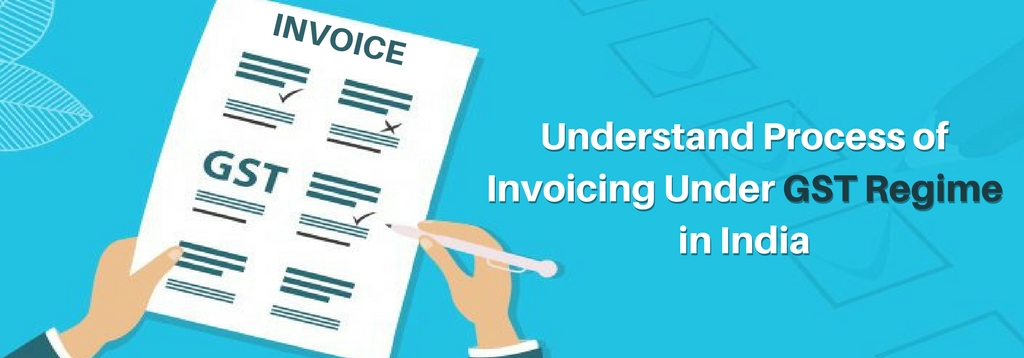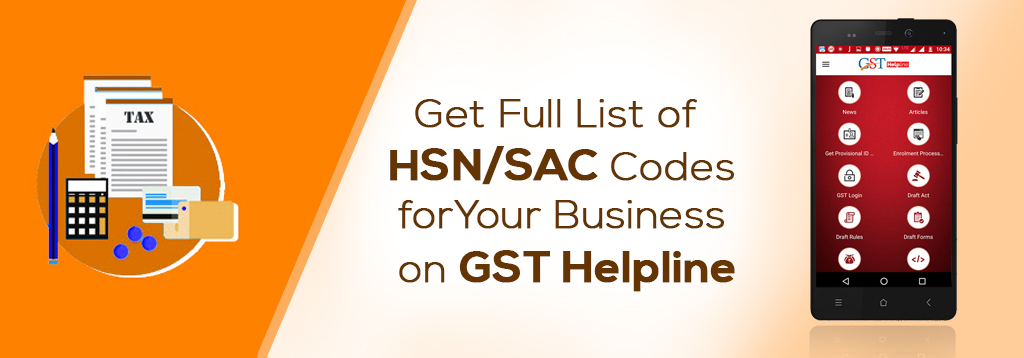HSN (Harmonized System of Nomenclature) is used for maintaining the stability in the assortment of goods and is also internationally accepted by PCS (Product Coding System). It is developed by the WCO (World Customs Organization).
What is HSN Code and Why is it Used?
The people have been trying to learn as much as possible about the new Tax system to be able to properly understand and accept it. While reading about GST, you must have often heard the term “HSN/SAC code” and wondered what it is. You can learn here everything about HSN and SAC codes and their applications.
SAC (Service Accounting Codes) which is used for identification of the services and is adopted by the CBEC (Central Board of Excise and Customs).
What is HSN Code and SAC Code?
Under the GST system, each supply invoice has to mention the unique HSN code relevant to each product or SAC code for each service offered. HSN (Harmonized System of Nomenclature) is an international product coding system used for classification of goods. A unique HSN code is assigned to each saleable item or product in this coding system. All trading goods are classified into various chapters with each section containing goods of similar type. There are over 5,000 product categories in this system, each recognized by a unique 6-digit code.
Similarly, every service category is also given a unique SAC code for identification.
What is the Need for HSN Coding System?
HSN is an international product coding system defined by the World Customs Organization (WCO) for a general classification of goods and products. It helps to identify specific products which may have different names in different languages. This is particularly useful for the international transaction of products.
HSN system is used by different tax structures in over 200 countries, including the GST system in India for international and internal tax management. The HSN system has made easier the harmonization of trade and tax procedures for the international trade. Read More






